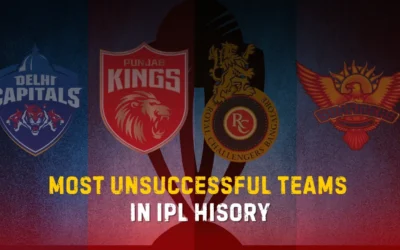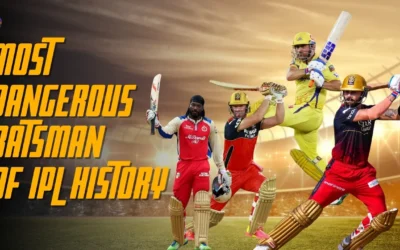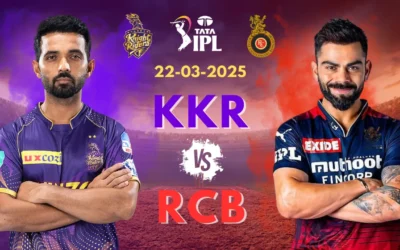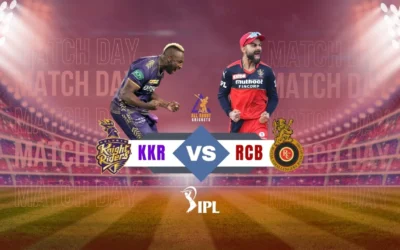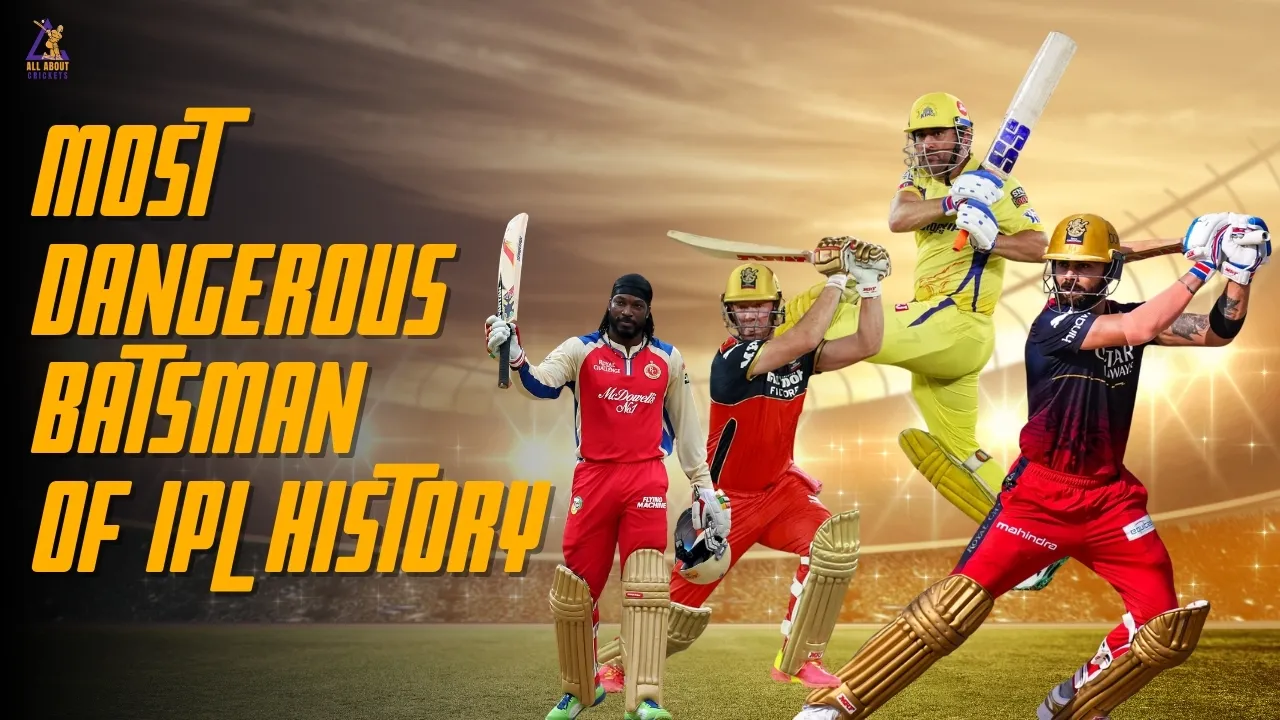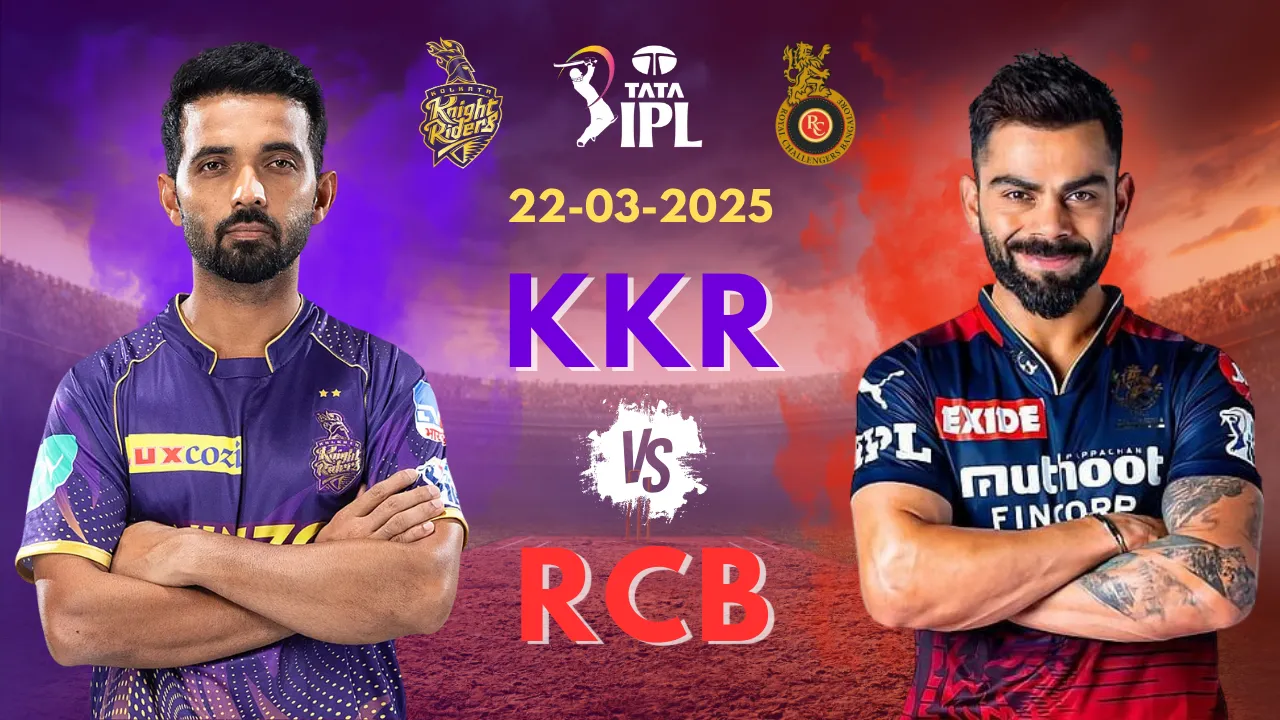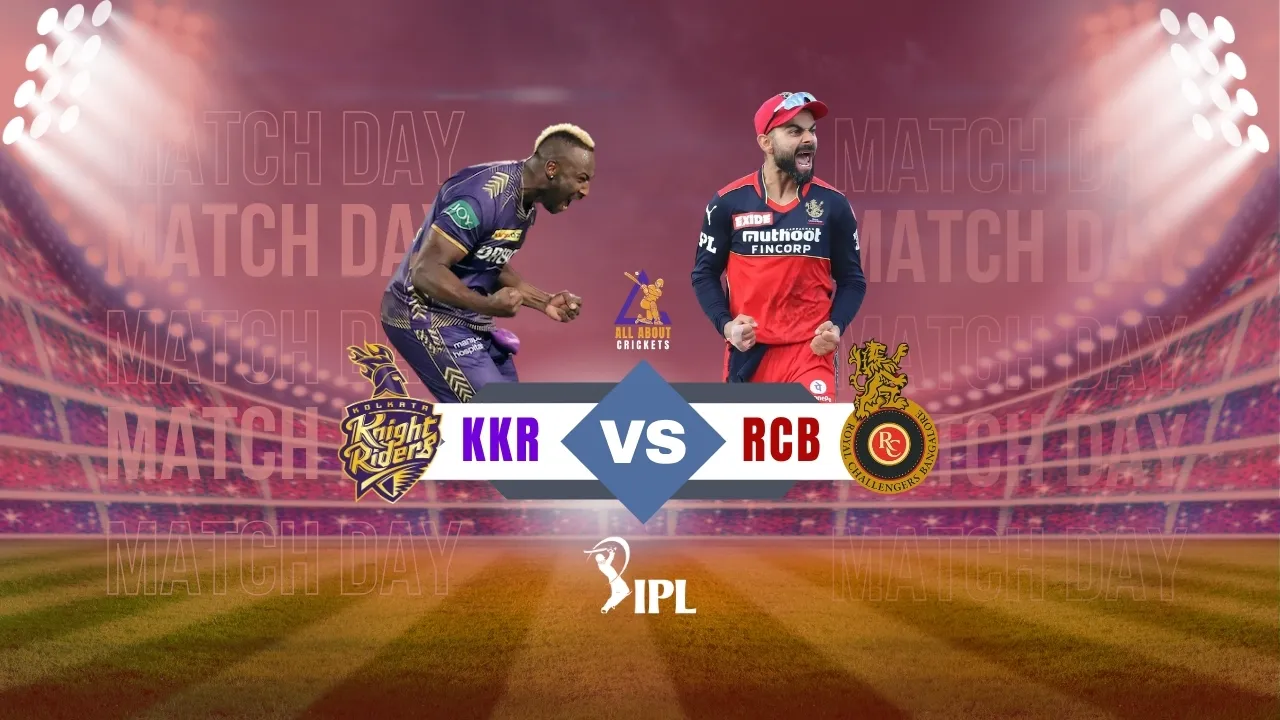From Zeros to Heroes: Can Most Unsuccessful Teams in IPL Make a Comeback?
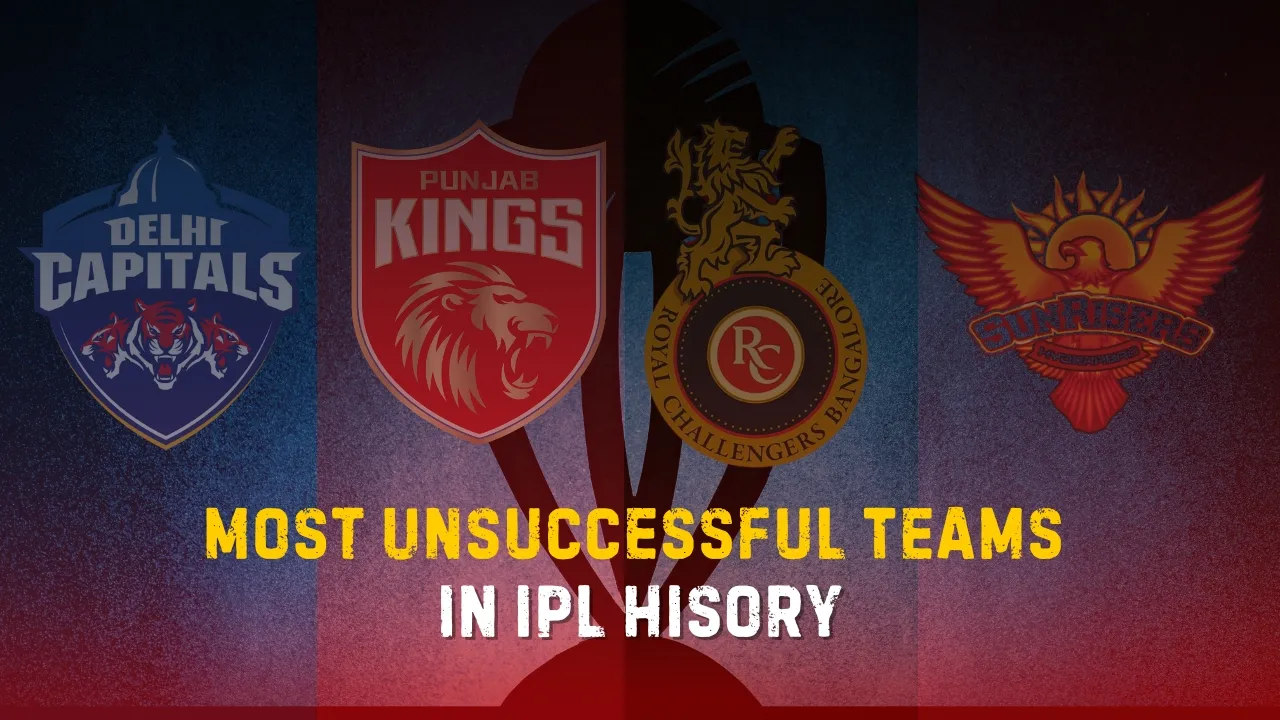
In the glittering world of the Indian Premier League (IPL), where dreams are made and legends are born, some teams have struggled to find their footing. 🏏 Among the dazzling displays of cricketing prowess, a few franchises have consistently found themselves at the bottom of the table, leaving fans and analysts alike wondering: Can the most unsuccessful teams in IPL history make a stunning comeback?
From the Delhi Capitals‘ rollercoaster journey to the Punjab Kings‘ elusive search for glory, these teams have faced their fair share of challenges. With win percentages hovering below the league average and a string of disappointing seasons, franchises like Royal Challengers Bangalore, Rajasthan Royals, and Sunrisers Hyderabad have grappled with issues ranging from poor management to inconsistent player selections. But what exactly has led to their struggles, and more importantly, is there hope for redemption?
In this deep dive, we’ll explore the factors behind these teams’ struggles, the implications of being an IPL underdog, and the strategies that could potentially turn their fortunes around. From analyzing the most unsuccessful teams in IPL history to uncovering valuable lessons in sports management, we’ll chart a course from zeros to potential heroes. 🦸♂️ Can these teams overcome their past and script a comeback story for the ages? Let’s find out!
Most Unsuccessful Teams in IPL History
A. Delhi Capitals: Struggles and Statistics
The Delhi Capitals, formerly known as Delhi Daredevils, have faced significant challenges in the Indian Premier League (IPL), earning them the unfortunate distinction of being one of the most unsuccessful teams in the league’s history. With a win percentage of just 43.96% as of mid-2023, the Capitals have struggled to convert their star-studded roster into consistent on-field success.
Despite featuring high-profile players like David Warner and AB de Villiers, the team has historically underperformed. However, there are signs of improvement following their rebranding:
- Pre-rebranding performance: Frequent bottom-table finishes
- Post-rebranding performance: Improved results, raising hopes for future success
- Notable low point: 2013 season with 13 losses out of 16 games
- 2014 season: Only 2 wins, marking another disappointing year
B. Punjab Kings: Reliance on Star Players
The Punjab Kings, previously known as Kings XI Punjab, have struggled to maintain consistency throughout their IPL journey. With a win percentage of 45.33%, they rank as the second least successful team in IPL history. Their performance can be characterized by:
- Strong start: Impressive showing in the inaugural 2008 season
- Playoff appearances: Only once in 14 seasons
- Notable players: Chris Gayle and KL Rahul
- Recent struggles: Finished last in both the 2015 and 2016 seasons
| Season | Wins | Losses |
|---|---|---|
| 2015 | 3 | 11 |
| 2016 | 4 | 10 |
C. Royal Challengers Bangalore: Batting-Heavy Approach
The Royal Challengers Bangalore (RCB) have become synonymous with unfulfilled potential in the IPL. Despite boasting a formidable batting lineup including Virat Kohli and Chris Gayle, RCB has failed to secure an IPL title. Their performance can be summarized as:
- Win percentage: 46.83%
- Playoff appearances: 5 times
- Nickname: “IPL chokers”
- Key weakness: Lack of reliable Indian bowlers
RCB’s struggles were particularly evident in:
- 2017 season: Only 3 wins
- 2019 season: 5 wins
D. Rajasthan Royals: Inconsistency After Initial Success
The Rajasthan Royals, inaugural champions of the IPL in 2008, have failed to replicate their early success. Their journey in the league can be characterized by:
- Win percentage: 48.51%
- Initial triumph: Champions in 2008
- Subsequent performance: Inconsistent results
- Key issues: Team instability and over-reliance on foreign players
Despite their higher win percentage compared to other struggling teams, the Royals found themselves at the bottom of the table in 2020 with 6 wins, highlighting the competitive nature of the league.
E. Sunrisers Hyderabad: Batting Woes and Player Dependency
The Sunrisers Hyderabad, while not the least successful team, have faced their share of struggles in recent years:
- Win percentage: 47.50%
- Championship victory: 2016
- Recent decline: Poor performance in 2021 season
- Key issues: Captaincy problems and departure of crucial players
| Season | Performance |
|---|---|
| 2016 | Champions |
| 2021 | Only 3 wins, significant decline |
| 2023 | 4 wins, continued struggles |
The Sunrisers’ journey demonstrates how quickly fortunes can change in the IPL, from champions to struggling within a few seasons.
With this comprehensive look at the most unsuccessful teams in IPL history, we can now turn our attention to the factors contributing to these teams’ failures. Understanding these elements will provide crucial insights into the challenges faced by underperforming franchises in the highly competitive world of T20 cricket.
Factors Contributing to Team Failures
Now that we’ve explored the most unsuccessful teams in IPL history, let’s delve into the factors that contribute to their failures. Understanding these elements is crucial for comprehending why some franchises struggle to achieve success in the league.
A. Poor Management and Leadership
Poor management and leadership play a significant role in a team’s lack of success. For instance:
- Delhi Capitals (DC) has faced challenges with team consistency, indicating a lack of strategic continuity in management decisions.
- Punjab Kings (PBKS) has frequently changed captains, leading to instability within the team structure.
- Royal Challengers Bangalore (RCB) has experienced frequent leadership changes, contributing to their inability to secure a title despite multiple finals appearances.
These issues highlight the importance of stable and effective leadership in guiding a team to success.
B. Ineffective Auction Strategies
Auction strategies can make or break a team’s performance in the IPL. Several unsuccessful teams have demonstrated poor auction choices:
| Team | Auction Strategy Issue |
|---|---|
| Sunrisers Hyderabad (SRH) | Over-dependence on foreign players |
| Punjab Kings (PBKS) | Reliance on a few star players |
| Royal Challengers Bangalore (RCB) | Overemphasis on batting, neglecting bowling |
These strategies have led to imbalanced team compositions, affecting overall performance and results.
C. Lack of Local Talent Development
Developing local talent is crucial for long-term success in the IPL. Teams that have struggled often fail to nurture domestic players effectively:
- Rajasthan Royals (RR) has shown an over-dependence on foreign players, indicating a lack of focus on local talent development.
- Successful teams like Chennai Super Kings (CSK) and Mumbai Indians (MI) have emphasized building a strong core of local players, contrasting with the approach of less successful franchises.
Investing in youth development and creating a robust pipeline of local talent can significantly improve a team’s prospects over time.
D. Inconsistent Team Selection
Inconsistent team selection has been a common issue among unsuccessful IPL teams:
- Frequent changes in playing XI
- Inability to identify and stick with a core group of players
- Failure to adapt team composition based on match conditions and opponent strengths
For example, Delhi Capitals has faced challenges with team consistency, while Rajasthan Royals has struggled with frequent player changes, leading to a lack of competitive edge.
With these factors in mind, we’ll next explore the implications of being an unsuccessful team in the IPL. Understanding these consequences is crucial for franchises looking to turn their fortunes around and build a more competitive squad for future seasons.
Implications of Being an Unsuccessful Team
Now that we have explored the factors contributing to team failures in the IPL, let’s delve into the implications of being an unsuccessful team. These consequences can have far-reaching effects on various aspects of a franchise’s operations and long-term viability.
A. Financial Challenges
Being an unsuccessful team in the IPL can lead to significant financial hurdles:
- Loss of sponsorship: Underperforming teams struggle to attract and retain lucrative sponsorship deals.
- Decreased merchandise sales: Fan interest wanes, resulting in reduced merchandise revenue.
- Lower ticket sales: Poor performance leads to decreased attendance at home games.
These financial challenges create a vicious cycle, as teams have fewer resources to invest in player acquisitions and team development, further hampering their ability to improve performance.
B. Decreased Player Morale
Consistent underperformance takes a toll on player morale:
- Lack of motivation: Players may lose the drive to excel when faced with repeated failures.
- Increased pressure: The burden of turning the team’s fortunes around can weigh heavily on players.
- Career implications: Being associated with an unsuccessful team may impact players’ market value and future opportunities.
This decline in morale can manifest in on-field performance, creating a self-perpetuating cycle of poor results.
C. Declining Fan Support
Perhaps one of the most significant implications of being an unsuccessful team is the erosion of fan support:
| Aspect | Impact on Fan Support |
|---|---|
| Attendance | Fewer fans attending home matches |
| Social Media | Decreased engagement and follower growth |
| Brand Loyalty | Weakened emotional connection to the team |
| Local Community | Reduced community pride and involvement |
The loss of fan support not only affects the team’s financial bottom line but also diminishes the overall atmosphere and energy surrounding the franchise.
To illustrate the severity of these implications, let’s consider some examples from the reference content:
Delhi Capitals (DC): Despite featuring top players, DC remains trophyless, which has likely contributed to challenges in maintaining consistent fan support and attracting sponsorships.
Punjab Kings: With only a few playoff appearances since their inception, the team has struggled to build a solid fan base and maintain financial stability.
Royal Challengers Bangalore (RCB): Dubbed “IPL chokers” due to their inability to convert finals appearances into wins, RCB faces ongoing challenges in managing fan expectations and maintaining team morale.
Rajasthan Royals: After winning the inaugural season, their inconsistent performance has led to difficulties in retaining fan interest and attracting consistent sponsorship.
These examples highlight how being an unsuccessful team can create a complex web of challenges that extend far beyond just on-field performance.
With these implications in mind, it becomes clear that addressing the issues faced by unsuccessful teams is crucial for the long-term health of both the franchises and the league as a whole. In the next section, we’ll explore strategies for improvement that can help these teams overcome their challenges and potentially reverse their fortunes in future IPL seasons.
Strategies for Improvement
Now that we’ve explored the implications of being an unsuccessful team in the IPL, let’s dive into the strategies these teams can employ to improve their performance and make a comeback.
A. Fostering a Strong Core Group
One of the key strategies for improvement is fostering a strong core group within the team. As exemplified by the Mumbai Indians’ approach to IPL 2025, building a flexible and adaptable core is crucial. Suryakumar Yadav, the team’s vice-captain, emphasized a flexible batting approach that allows players to adapt their positions based on game situations. This strategy not only maximizes the potential of established players like Yadav but also nurtures emerging talents such as Tilak Varma.
To implement this strategy effectively, teams should:
- Identify versatile players who can perform in multiple roles
- Encourage open communication and trust among core team members
- Provide opportunities for younger players to learn from experienced ones
- Regularly assess and adjust the core group based on performance and team needs
B. Data-Driven Decision Making
In the modern era of cricket, leveraging data analytics and artificial intelligence (AI) has become a game-changer for team strategies. Unsuccessful teams can significantly benefit from adopting data-driven decision-making processes. The integration of advanced analytics in the IPL has revolutionized various aspects of the game, including:
- Player assessment and selection
- Opponent analysis
- Performance prediction
- Tactical planning
| Data-Driven Area | Benefits |
|---|---|
| Player Statistics | Identify strengths and weaknesses |
| Performance Trends | Predict player form and potential |
| Opponent Analysis | Exploit weaknesses in rival teams |
| Match Outcome Forecasting | Inform tactical decisions and player matchups |
By employing AI algorithms and machine learning, teams can uncover hidden talents, optimize player selections, and tailor game plans to maximize their chances of success.
C. Investing in Youth Development
A crucial strategy for long-term improvement is investing in youth development. The reference content highlights the importance of discovering emerging talent globally through internet scouting. Unsuccessful teams can create a sustainable pipeline of skilled players by:
- Establishing robust scouting networks
- Implementing youth academies and training programs
- Providing opportunities for young players in domestic tournaments
- Collaborating with local cricket associations to nurture grassroots talent
This approach not only ensures a steady influx of fresh talent but also helps in building a strong team identity and culture over time.
D. Enhancing Fan Engagement
Fan engagement plays a vital role in a team’s overall success and can significantly impact their performance. As we look towards IPL 2025, technological advancements offer exciting opportunities for teams to connect with their supporters:
- Augmented Reality (AR) and Virtual Reality (VR) experiences
- AI-powered personalized content delivery
- Digital collectibles and NFTs
- Smart stadium integrations
By leveraging these technologies, unsuccessful teams can:
- Build a loyal fan base
- Create additional revenue streams
- Enhance the overall brand value of the franchise
- Generate positive momentum that can translate to on-field performance
Implementing these strategies requires a holistic approach to team management and a commitment to continuous improvement. As we transition to the next section on “Lessons in Sports Management,” it’s crucial to understand that these strategies form the foundation for transforming an unsuccessful team into a competitive force in the IPL.
Lessons in Sports Management
Now that we’ve explored strategies for improvement, let’s delve into the valuable lessons in sports management that can be gleaned from the experiences of unsuccessful IPL teams.
Importance of Long-Term Planning
Long-term planning is crucial for the success of any sports franchise, especially in the IPL. The league’s diverse business strategy ensures profitability and resilience, even in challenging times. Teams must focus on:
- Developing multiple revenue streams
- Building strong brand sponsorships
- Investing in player development
- Creating a sustainable fan base
| Revenue Source | Approximate Contribution |
|---|---|
| Brand Sponsorships | 20-30% |
| Ticket Sales | 10% |
| Media Rights | Significant portion |
| Merchandise Sales | Variable |
Need for Adaptability
The IPL’s business model demonstrates the importance of adaptability in sports management. Successful franchises have shown the ability to:
- Pivot during challenging times (e.g., COVID-19 pandemic)
- Explore new revenue opportunities
- Expand into international markets
- Leverage the diverse business backgrounds of owners
Potential for Improvement Through Strategic Changes
Strategic changes can lead to significant improvements in team performance and financial stability. Key areas for focus include:
- Global expansion: Following the lead of successful franchises like Kolkata Knight Riders, teams can invest in international T20 leagues to broaden their presence and revenue streams.
- Brand development: Elevating franchises into internationally recognized brands can secure long-term success and sustainability.
- Financial diversification: Implementing a diverse business strategy that includes media rights, sponsorships, and merchandise sales can ensure profitability even when traditional revenue sources (like ticket sales) are limited.
- Talent management: Allocating resources effectively, such as distributing 50% of tournament winnings to players, can motivate and retain top talent.
By applying these lessons in sports management, even the most unsuccessful teams in the IPL can potentially make a comeback, transforming from zeros to heroes in the competitive world of cricket franchises.
The journey of the IPL’s least successful teams serves as a stark reminder that even in the glamorous world of cricket, consistent performance is paramount. Teams like Delhi Capitals, Punjab Kings, and Royal Challengers Bangalore have struggled with issues ranging from poor management and ineffective auction strategies to inconsistent team selection and over-reliance on star players. These challenges have led to financial difficulties, decreased player morale, and waning fan support.
However, the story of these franchises also offers valuable lessons in sports management. By fostering a strong core group, implementing data-driven decision-making, investing in youth development, and enhancing fan engagement, these teams can chart a path to success. As the IPL continues to evolve, these struggling franchises have the opportunity to transform their fortunes through strategic changes and long-term planning. The potential for a dramatic turnaround remains, proving that in cricket, as in life, no team is ever truly out of the game.

